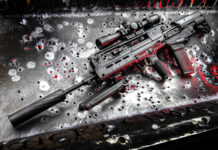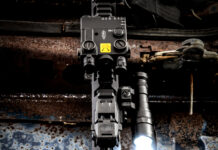The barreled action of the Crossover is pillar-bedded to the stock using two large hex-head action screws, and the barrel is free-floated along its entire length. The rifle has a push-feed action utilizing the increasingly popular “fat bolt” design, with a plunger ejector and spring-loaded claw extractor. The bolt uses three large locking lugs, but it doesn’t offer undue resistance. I can easily lift the bolt with a pinky finger, and the bolt cycles in the action with silky smoothness. At the rear of the receiver, atop the tang, you’ll find a three-position safety and a firing pin cocking indicator that protrudes from under the rear of the bolt. A bolt-release lever is located in the traditional location, on the left rear side of the receiver.
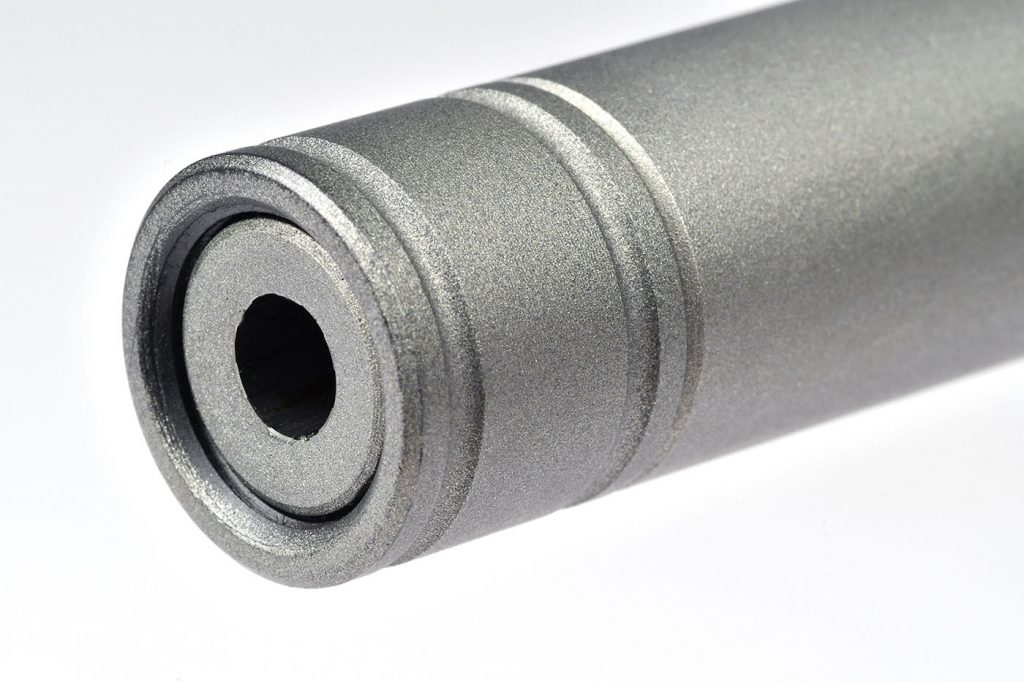
Lithgow equipped the rifle with a single-stack detachable polymer magazine. Capacity is three rounds plus one up the pipe. The magazine fed smoothly with nary a hiccup. It’s surrounded by and protected by the bottom metal, which isn’t metal at all, but a tough polymer.
Few things please me more upon examining a new rifle than discovering a trigger done right. The Crossover has a single-stage trigger that’s adjustable for weight, sear engagement and over travel. At its factory setting, I found the trigger to have just a barely perceptible hint of take-up. It then broke cleanly and consistently at a pull weight of 3 pounds, 2 ounces. It’s really a very good trigger, especially when compared to those that adorn some production guns these days.
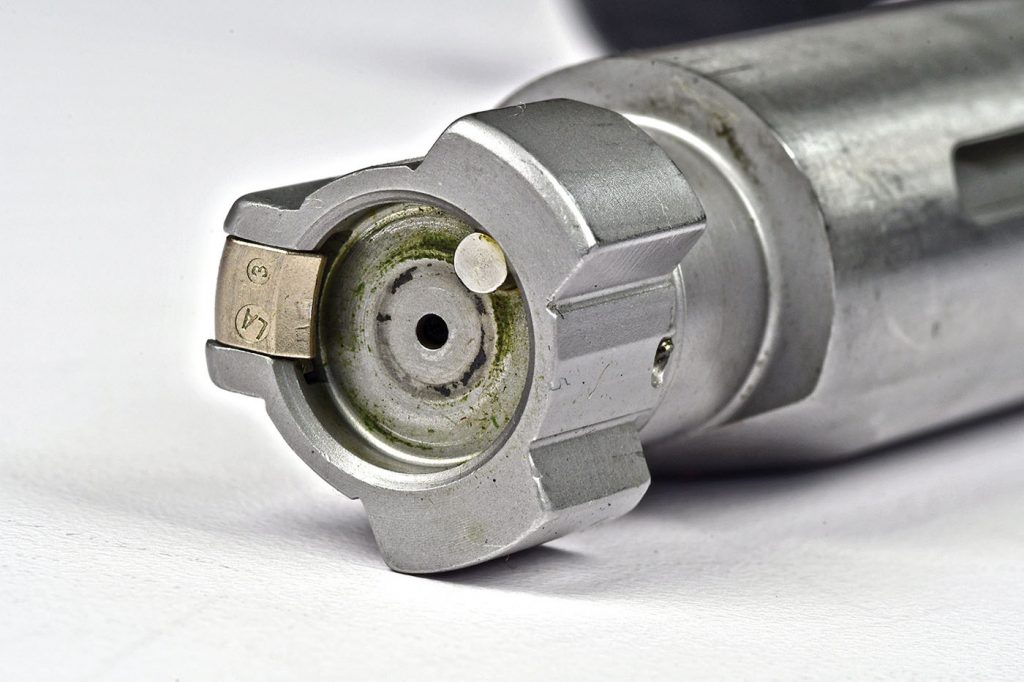
For testing, I mounted a Leupold Mark 4 4-14X50mm scope using a set of Weaver medium-height Picatinny rings. The rail provided ample room for positioning the large-objective scope where I wanted it, and I had no issues with clearance thanks to the short throw of the bolt handle.
I headed to the range and put the rifle through its paces with five different factory loads ranging from 80 to 100 grains in weight. After firing a few groups downrange it became abundantly clear very quickly that the good folks Down Under know a thing or two about making superbly accurate rifles. Every single load I tested produced sub-MOA best groups . . . it’s been quite a while since I tested a production rifle that pulled that off with five different factory loads. This wasn’t with match ammo, mind you, but with hunting ammo. The two best groups measured just 0.22 inch with Winchester’s Deer Season XP 95-gr. load and 0.23 inch with Hornady’s Superformance 95-gr. SST load. That 95-gr. bullet weight was clearly a sweet spot for the rifle, but it shot everything I fed it well.
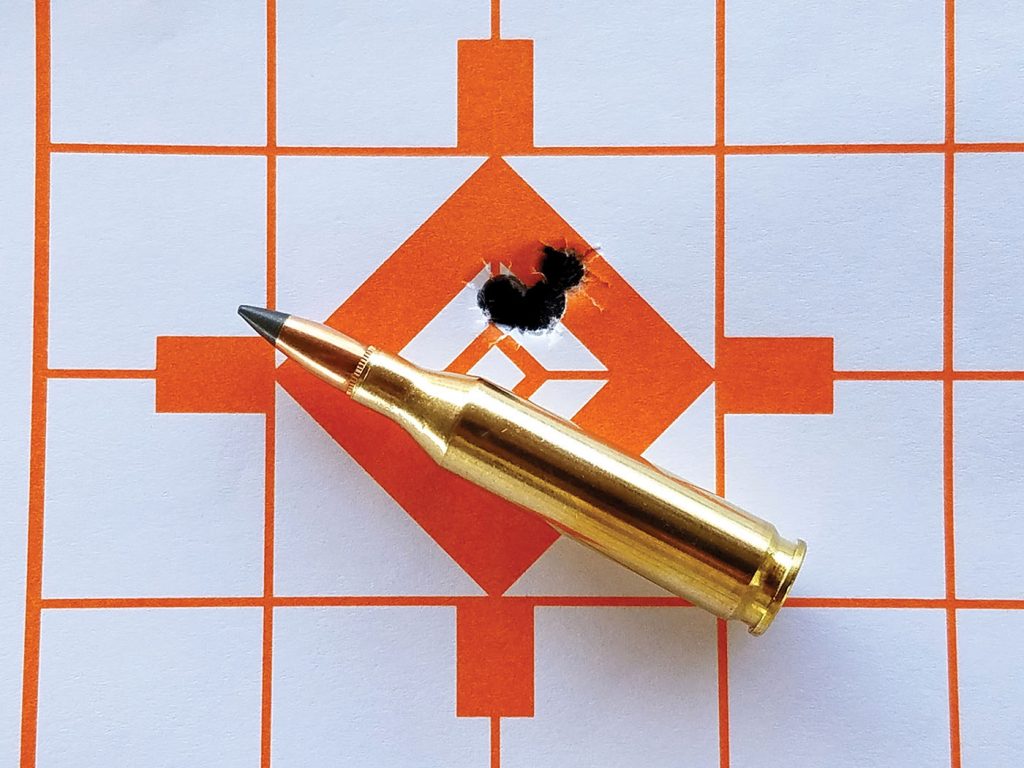
That sort of accuracy with factory hunting ammo makes the rifle a winner in my book, and I can summarize testing results in three words: I want one. For more information, contact Legacy Sports International, Dept. OT; Tel.: (800) 5-LEGACY; Web: www.legacyspsorts.com










